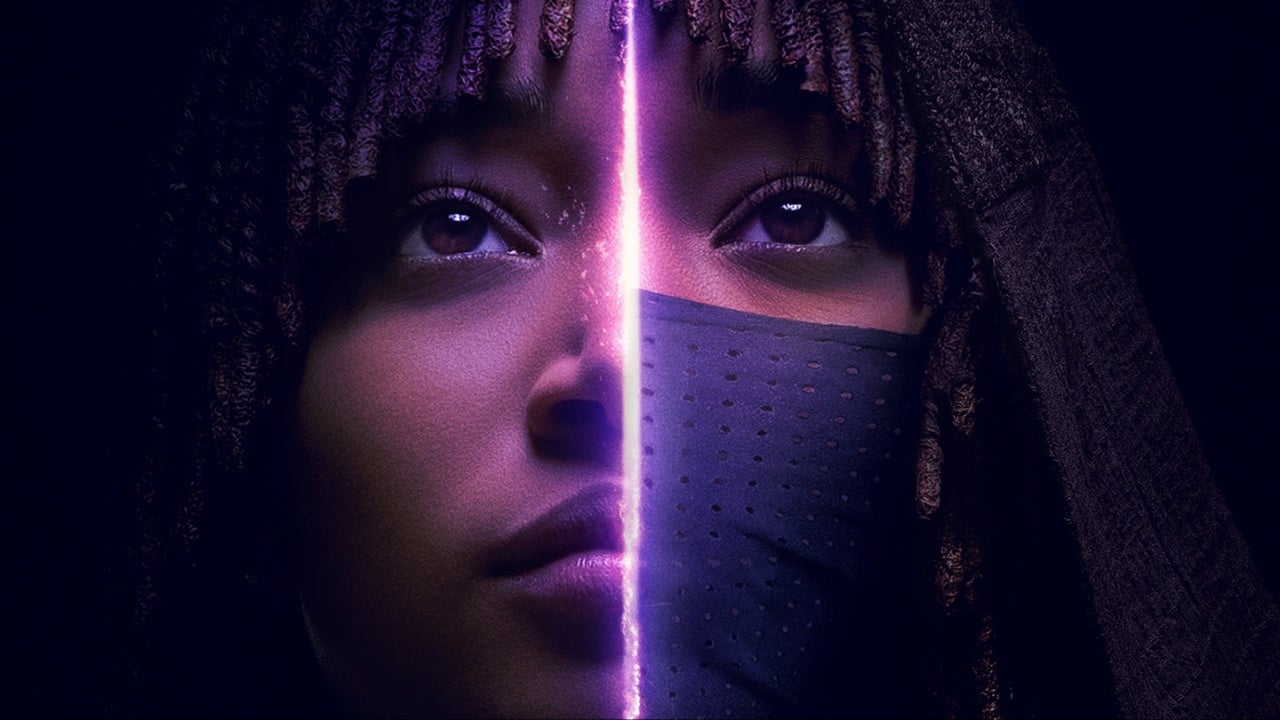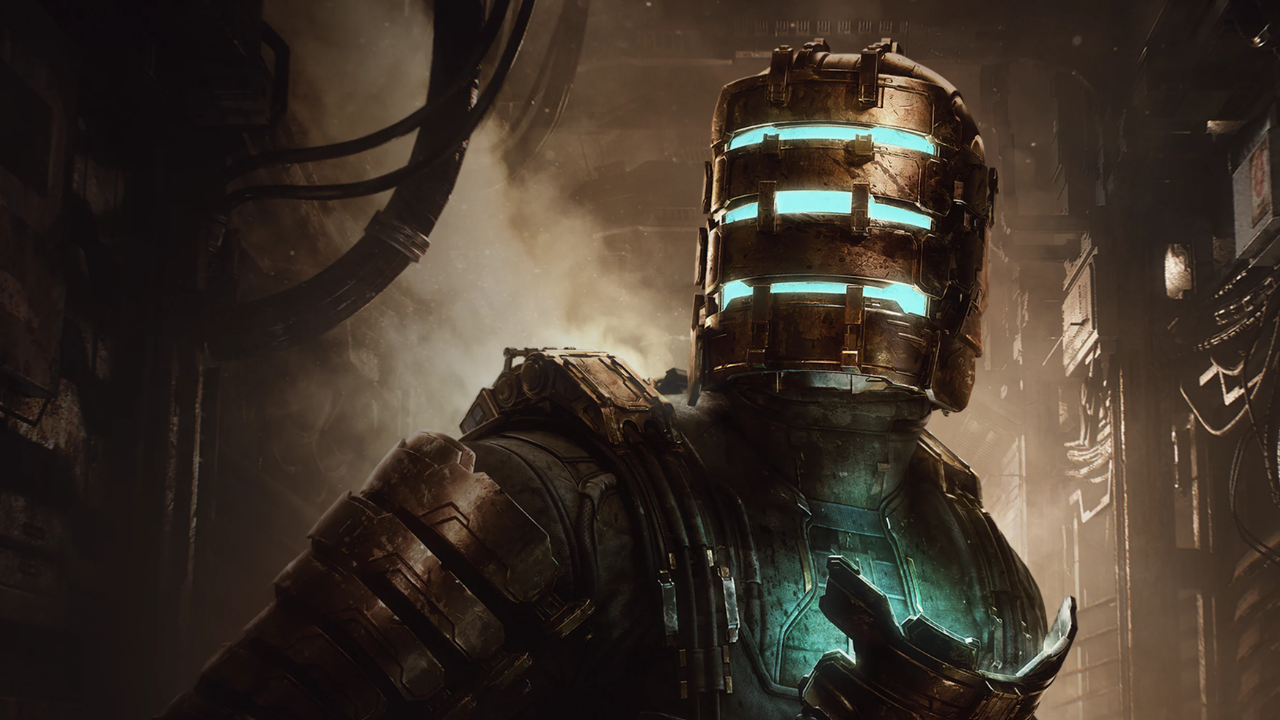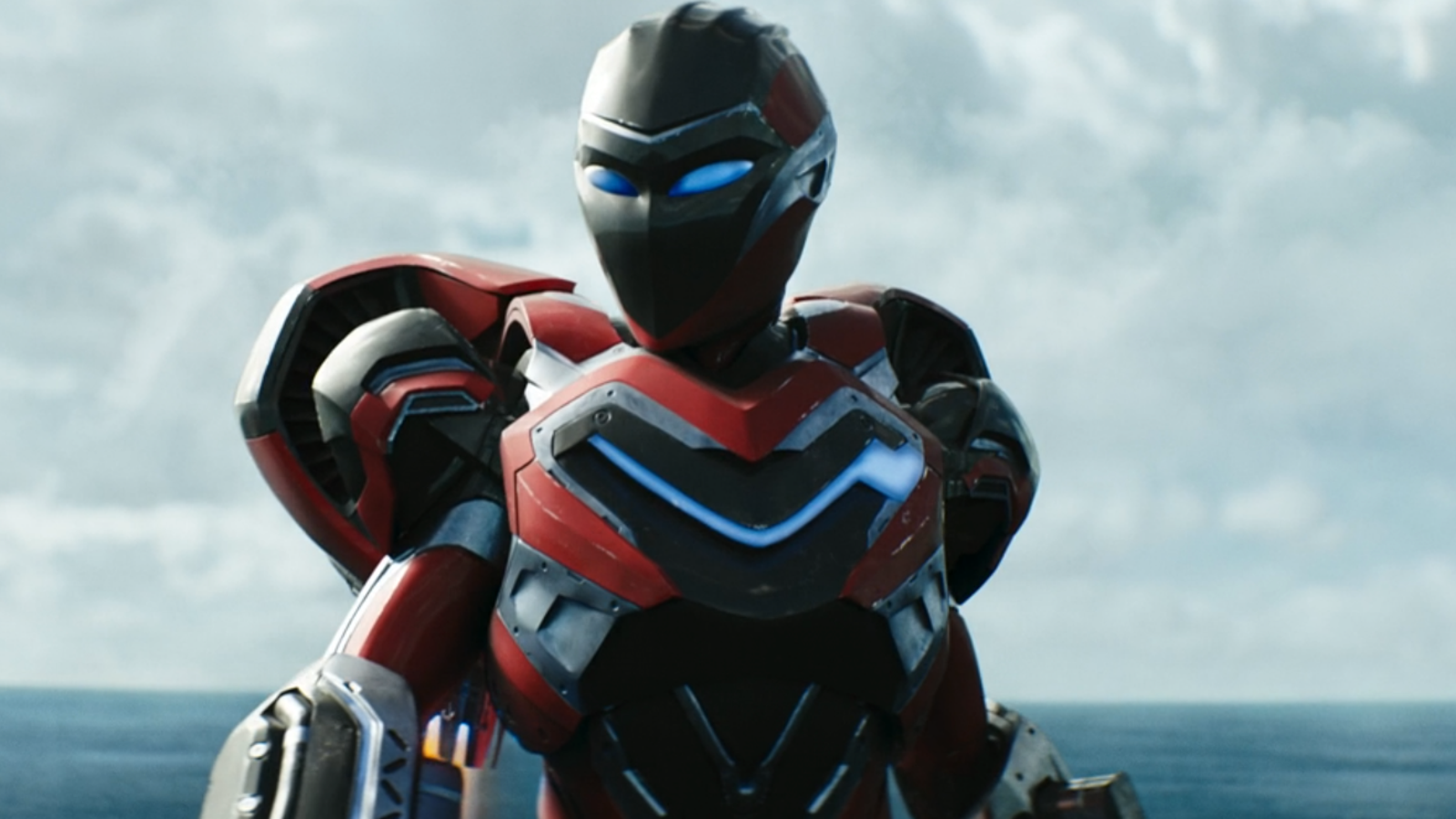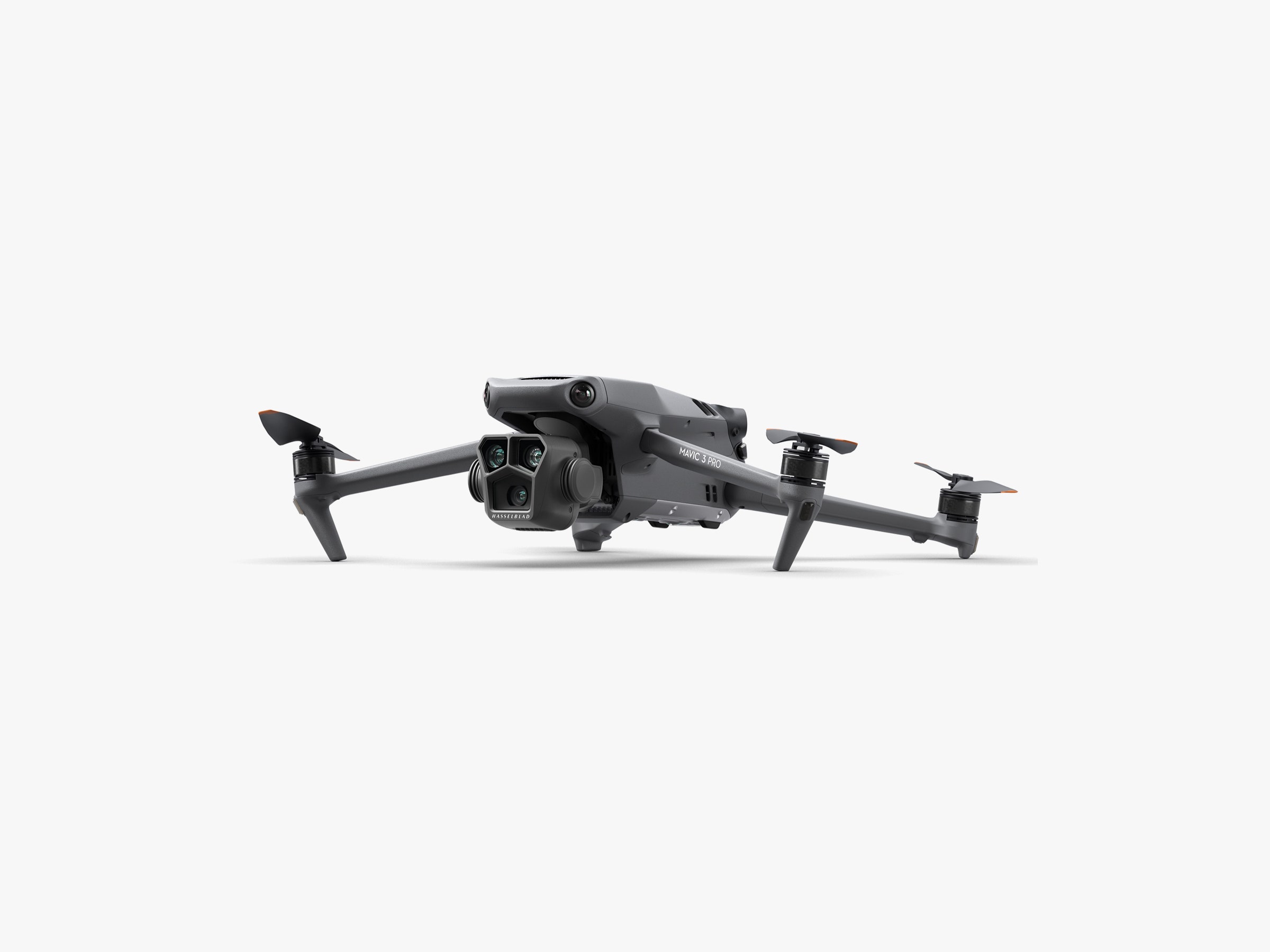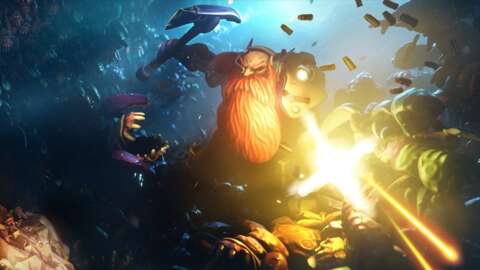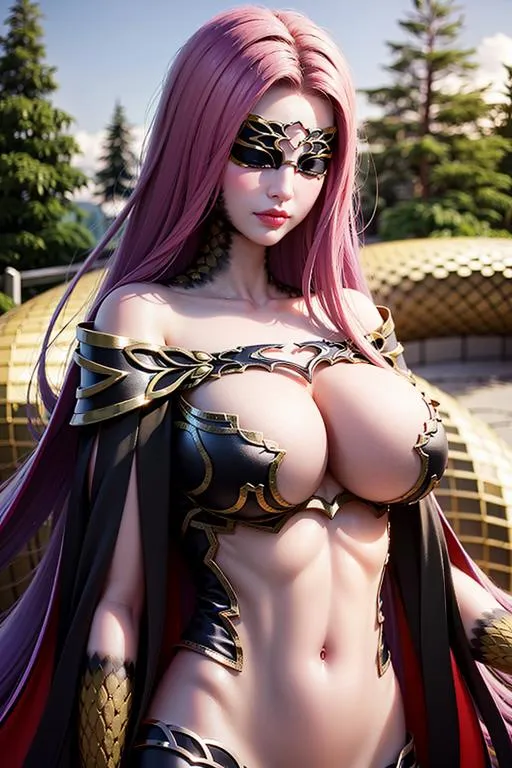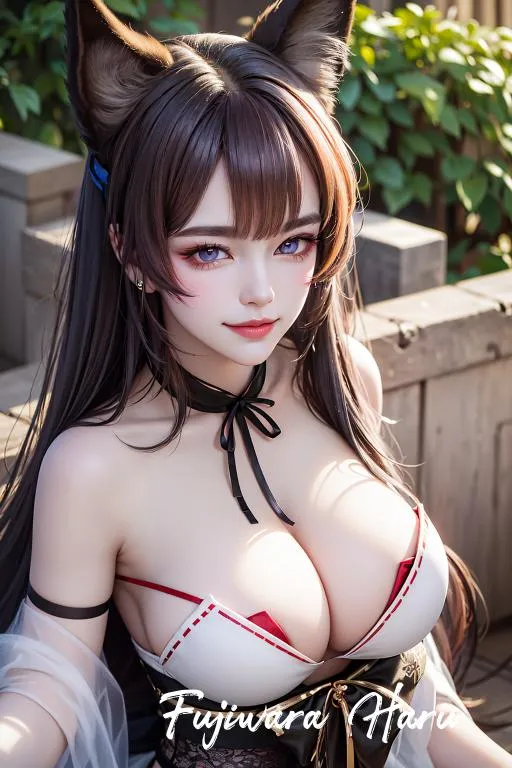This review contains full spoilers for Star Wars: The Acolyte Season 1
The Acolyte’s first season was one packed with potential, bringing Star Wars to a new era in the timeline and introducing many compelling themes and concepts that add new layers to this beloved universe. It also boasts some terrific action, including excellent lightsaber battles that rank amongst the best in the franchise – easily the best yet in any live-action Disney+ series. And yet it’s also plagued by sloppy storytelling and baffling and/or infuriating choices that lead to eight topsy-turvy episodes.
Building on George Lucas’ prequel films and the High Republic novels and comics, The Acolyte – set in between those two eras – puts a lot of focus on just how flawed the Jedi are as an institution and how their own methods help put them on the path to their demise. It’s a fascinating topic, especially through the lens of the Jedi’s not-as-popular-as-they-might-seem recruitment efforts. And through both the witches of Brendok and the Sith (or Sith-like – he doesn’t fully embrace the title) known as Qimir (a.k.a. The Stranger, played by Manny Jacinto), we gain more of an understanding of how narrow-minded the Jedi are when it comes to the Force – insisting that there’s only one “right” way to use its powers, causing bitterness and malice to build against them as a result.
The strongest character throughout Season 1 is Sol. Lee Jung-jae gives a terrific performance as the Jedi Master, imbuing him with a lot of soul (no pun intended) while always appearing like he’s carrying the weight of the galaxy on his shoulders. Though we always understand he has regrets and secrets, showrunner Leslye Headland and her writing team make it clear Sol is a deeply flawed man up until the bitter end. We aren’t meant to hate him – he still clearly has noble intentions in the broad sense – but he’s blinded by his own biases and desire to see himself as the hero of the story. He can't even admit it was wrong to take the Force-sensitive Mae and Osha (played as adults by Amandla Stenberg) from their coven when they were children, the first in a series of tragic events that leads to Sol killing their mother and the deaths of all her fellow coven members. The character introduces more nuance into the morality of the Jedi, who we usually see as either righteous warriors or unrepentant villains. He tries his best, but his best sadly isn’t good enough.
If only the story of how Sol got this way weren’t told so poorly. The two flashback episodes that explain what happened 16 years prior on the planet Brendok, “Destiny” and “Choice,” are incredibly frustrating. The depiction of these mysterious witches, meant to broaden our notion of how the Force is harnessed, came off as silly and cheesy. What we see of their rituals and customs doesn’t make them look powerful – it borders on cheesy self-parody, despite strong work by Jodie Turner-Smith and Margarita Levieva as Mae and Osha’s mothers.
With a quarter of Season 1’s scant eight episodes devoted to these flashbacks, there’s a lot of pressure on “Destiny” and “Choice” to earn their screentime. Yet some of the most exasperating moments occur in these episodes, including broad explanations that are incredibly silly without greater exploration. A Jedi whose entire motivation is being homesick; a group possession that just straight up kills those performing it when it’s broken; the ability to turn into some sort of smoke monster in order to do… something… So much is thrown at the screen so quickly, but it’s merely the barebones of ideas that don’t get filled in. Considering the flashbacks are meant to deliver some hugely pivotal and impactful moments to the story, that’s a big problem.
Where a series like Obi-Wan Kenobi feels like a movie padded out to fill six episodes of TV, Season 1 of The Acolyte has the opposite problem. There’s simply not enough time to give all these characters and concepts their due. The finale hinges a lot of its concluding scenes on Vernestra (Rebecca Henderson) and the choices she makes in the wake of Sol’s death, including her elaborate lies about Sol’s responsibility for the Jedi murders committed by Mae. Yet while Vernestra pops up through the season, we never never truly get to know her well enough for these scenes to have any weight. We understand in the broad sense that she wants to protect the Jedi and their reputation from outside threats, but that’s it.
The Acolyte seemed like it was gaining steam at the midway point of Season 1, when the characters all converge on the planet Khofar and the Stranger makes his presence known to them. The thrilling fifth episode was easily the standout of the entire season, filled with well-choreographed and exciting lightsaber action. It’s also shockingly and effectively merciless, with Qimir taking out two high-profile supporting characters: padawan Jecki (Dafne Keen) and Jedi Yord (Charlie Barnett). Osha ending up with Qimir is an intriguing turn of events, with The Good Place breakout Jacinto having fun taking his innate wit and charm and turning it on its side as this alluring bad guy. This all leads to a lot of good (and amusingly sexually charged) material in Episode 6, as Qimir and Osha discuss just what it means to use the Dark Side – even as the rest of the episode serves to remind us of The Acolyte’s flaws.
Amandla Stenberg does good work as Osha and Mae, giving them distinct physical presences – when they finally face off in the season finale, you can tell who’s who because there’s such a different bearing to them. But Mae rarely works as a character – she’s all over the place emotionally and wildly inconsistent in her actions. She’s waging a bloody campaign of revenge against the Jedi she blames for her family’s death, but she quickly is willing to surrender to those same Jedi. The flashbacks show her vowing to kill Osha for daring to want to leave Brendok, but this is never addressed, and she apparently bears no ill will towards Osha. We could come up with theories and solutions for what she really meant, sure, but at a certain point, the burden is on The Acolyte itself to explain things.
Osha is the better character, with the richer background thanks to her stint as a Jedi – and the uncontained emotions that led to the end of her time in the order. This comes to the forefront in Episode 6 – in one of a couple of times the Jedi’s approach to stifling emotions and attachment is called out. (There’s also a great scene in the finale where Senator Rayencourt (David Harewood) questions whether this central Jedi tenet is even possible.)
Except why was Rayencourt even being brought in so late in the game? Sure, he’s setting the table for a potential Season 2, but this is another area where The Acolyte could have told its story better. Exploring how the Jedi actually enforce the “contain your emotions, no attachments” rules is smart, but we only got it in fits and starts here. Jecki is pretty hardline about it, yet she has a friendly-bordering-on-flirtatious dynamic with Osha. How might Jecki have navigated these conflicting urges within her? We’ll never know, because Season 1 has neither the time nor the time-management skills to show us.
The finale has some high points to be sure, once again proving that Headland and company took excellent care with their fight scenes. We’ve seen so many lightsaber fights across 47 years of Star Wars that they can begin to blur together, but visuals like the sparks flying off of Qimir’s helmet or Sol Force-deflecting two lightsabers flying towards him are genuinely awesome.
That episode also gives us the effective, suitably tragic end of Sol’s storyline, but there’s so much we don’t get closure on, most notably any actual explanation for the vergence in the Force that brought Osha and Mae into being. It’s one thing to leave some plot threads dangling for a possible second season, but The Acolyte says “we’ll deal with this later” too many times for what could be a one-and-done series. The finale opens up multiple new doors – Darth Plagueis is apparently spying on Qimir and Osha, Rayencourt is a new thorn in the Jedi’s side, Vernestra is going to speak to Yoda to possibly reveal the truth about what happened to Sol – without answering basic origin-story questions about its main characters. (Despite those two all-flashback episodes!)
I made a running joke in my weekly episode reviews about Yord’s padawan, Tasi Lowa, who we meet briefly in the premiere. She’s an odd inclusion from the get-go, since Yord’s characterization and role in the story – his prim and proper attitude and how other Jedi seemed a bit dismissive of him – don’t really go hand in hand with giving him a padawan. But look, that could make for an interesting dynamic: a guy who gets little respect still trying to be someone’s mentor. Except not only do we never see Tasi Lowa after that first episode, she’s never even mentioned again. It’s unclear what the point of introducing her in the first place is, which feels indicative of The Acolyte’s slapdash nature. There’s a lot of “Let’s do this and this and this!” And so many of the things they introduced were indeed worth exploring. It just could have been done so much better.
